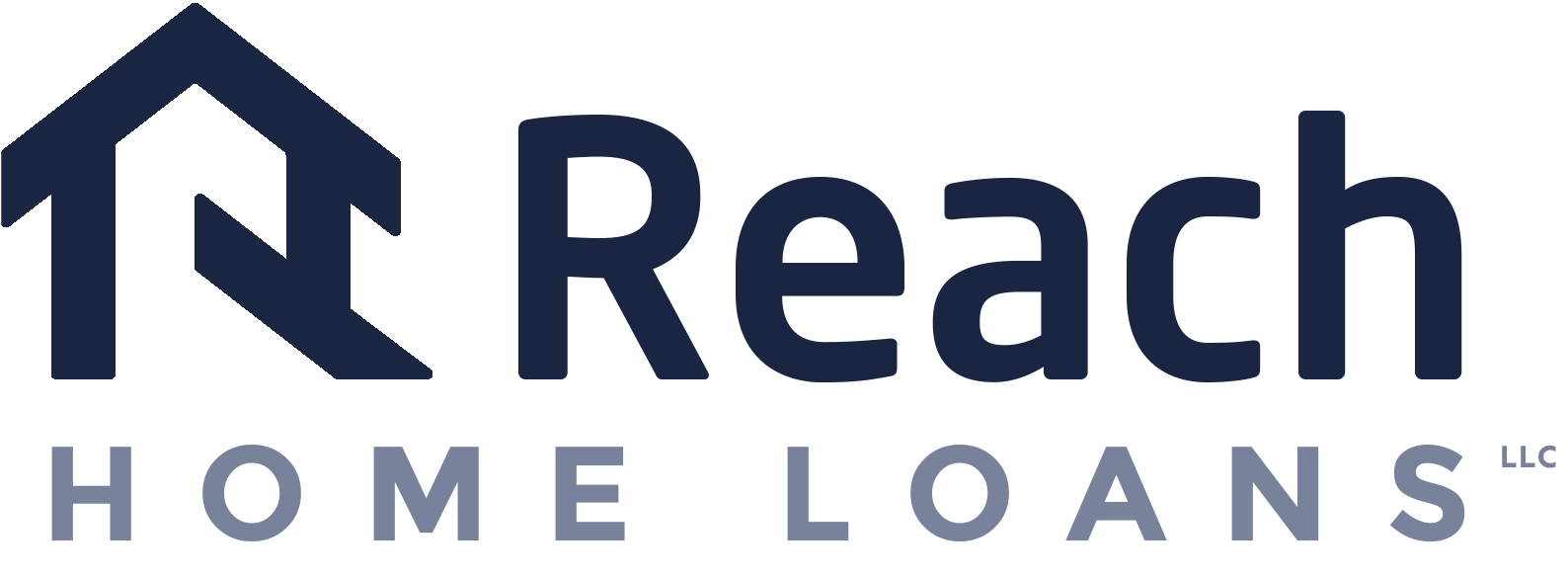The Essential Factors to Consider When Finding In Between Fixed-Rate and Variable-rate Mortgage Finances
When examining mortgage options, customers face a critical decision between adjustable-rate and fixed-rate lendings, each providing possible pitfalls and distinctive advantages. Secret considerations such as passion price security, predictability in monthly repayments, and the ramifications of potential rate adjustments can substantially impact lasting economic health. Furthermore, recognizing the anticipated duration of homeownership and the total price of borrowing can shape one's approach. As these factors link with individual financial situations and run the risk of tolerance, the effects of this selection might not be as simple as they seem. What subtleties should be focused on in this important decision-making process?
Rate Of Interest Rate Stability
When selecting a mortgage, understanding rates of interest stability is crucial for notified decision-making. Interest rates can significantly affect the overall expense of a mortgage, and acknowledging the nature of these prices is vital for debtors. Fixed-rate home mortgages supply the benefit of consistent monthly repayments over the life of the lending, protecting customers from market variations. This stability enables home owners to prepare their financial resources with higher certainty, as they will certainly not be impacted by rising rates of interest.
On the various other hand, adjustable-rate mortgages (ARMs) start with lower preliminary prices that may alter occasionally based on market problems. While this can lead to reduced repayments originally, it additionally introduces uncertainty, as consumers might encounter raised settlements if rate of interest climb. For those thinking about an ARM, it is essential to analyze the chance of rate modifications, the capacity for payment boosts, and the length of the first fixed-rate period.
Inevitably, the selection between fixed-rate and adjustable-rate home loans rests on specific danger resistance and financial circumstances. Recognizing passion price stability aids borrowers make educated choices that straighten with their lasting monetary goals.
Regular Monthly Payment Predictability
While consumers typically focus on rate of interest stability, the predictability of monthly repayments is just as essential in the mortgage selection process (Conventional mortgage loans). Month-to-month repayment predictability plays a crucial role in budgeting and monetary planning, as it straight affects a home owner's capital and general economic health and wellness
Fixed-rate home loans provide a consistent monthly repayment throughout the life of the funding, allowing borrowers to prepare for and intend their costs properly. This stability can be especially advantageous for new homebuyers or those on a set earnings, as it eliminates the unpredictability linked with varying settlements.
Conversely, variable-rate mortgages (ARMs) generally feature lower preliminary settlements that can alter with time, resulting in prospective irregularity in month-to-month obligations. While originally enticing, this unpredictability can complicate financial preparation, specifically if debtors do not represent future price changes.
Prospective Price Modifications
In the realm of variable-rate mortgages (ARMs), potential price changes stand for a substantial element that consumers need to carefully take into consideration. Unlike fixed-rate mortgages, where the passion price remains the same for the life of the funding, ARMs are characterized by changing passion rates that are connected to market indices. This irregularity can bring about significant changes in month-to-month settlements, impacting the borrower's monetary preparation and budgeting.
Borrowers have to be mindful of the margin and index used to determine these changes, as they directly affect future passion prices. Furthermore, ARMs commonly include caps that limit just how much the interest rate can increase at each modification and over the life of the car loan, which can offer some degree of security against extreme rate hikes.
Recognizing these potential changes is important for borrowers, as they directly impact lasting settlement commitments. Consequently, evaluating personal financial scenarios and run the risk of tolerance is vital when making a decision whether an ARM aligns with one's monetary goals.
Lending Term Considerations
Loan term considerations play a crucial role in the decision-making procedure for debtors picking between fixed-rate and adjustable-rate home loans. The length of the funding term significantly affects month-to-month repayments, interest rates, and overall financial planning.

Ultimately, debtors should assess their individual situations, monetary objectives, and market conditions when weighing the ramifications of lending link term options within each home loan kind.

Total Cost of Loaning
The general expense of borrowing is an important factor that can dramatically affect a debtor's choice between adjustable-rate and fixed-rate mortgages. Fixed-rate home loans supply predictable regular monthly payments, as the rate of interest continues to be continuous throughout the finance term. This predictability can lead to lower total costs, particularly in a secure or declining interest rate environment. Consumers can budget effectively, knowing their repayments will certainly not rise and fall.
On the other hand, variable-rate mortgages (ARMs) normally begin with reduced first rates, causing reduced ahead of time costs. Nevertheless, these prices can raise after a first period, leading to potentially higher lasting prices. Borrowers should think about the frequency and extent of price modifications, along with the total car loan period, to properly examine the economic effects.
Additionally, the overall cost of loaning includes not only rate of interest but additionally fees and other associated costs, such as shutting costs and insurance coverage (Conventional mortgage loans). As a result, when examining home mortgage choices, debtors must carry out a find thorough cost analysis over the life of the finance. By doing so, they can make an educated choice that aligns with their financial goals and run the risk of tolerance
Conclusion
To conclude, choosing between fixed-rate and adjustable-rate mortgage demands mindful consideration of several crucial aspects. Rate of interest security and regular monthly repayment predictability are paramount for reliable budgeting, while the potential for price adjustments in ARMs presents monetary unpredictability. Furthermore, the awaited duration of homeownership and the total expense of loaning, including interest prices and connected costs, must straighten with individual monetary conditions and take the chance of tolerance. Such a comprehensive analysis will certainly help with educated decision-making in home mortgage option.
Secret factors to consider such as passion price security, predictability in month-to-month settlements, and the ramifications of prospective price adjustments can substantially influence long-lasting economic health and wellness. Passion rates can dramatically impact the overall price of a mortgage, and identifying the nature of these rates is vital for customers. Unlike fixed-rate home mortgages, where the passion price continues to be the same for the life of the financing, ARMs are identified by changing rate of interest prices that are linked to market indices. click here to read Additionally, ARMs typically include caps that restrict just how much the rate of interest rate can raise at each modification and over the life of the lending, which can offer some degree of protection versus radical price hikes.
Interest price security and month-to-month payment predictability are extremely important for efficient budgeting, while the capacity for price modifications in ARMs introduces economic uncertainty.
Comments on “Why Conventional Mortgage Loans Are a Smart Selection for Stable Financing”